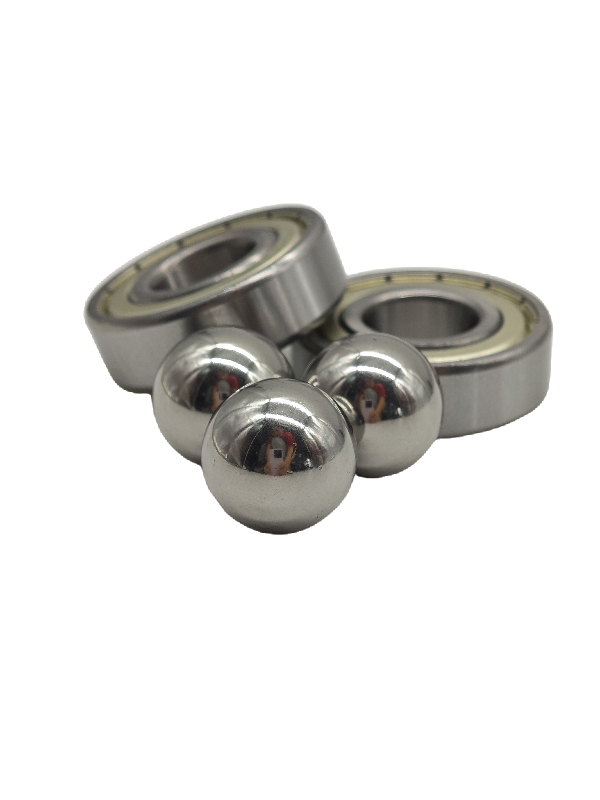
 Home > News
Home > News
In industries such as machinery manufacturing, bearings, automotive, and even medical devices, steel balls are key components that directly affect equipment performance and lifespan. Many buyers tend to focus solely on the size of the ball, but in reality, there are several other critical technical factors that must be taken into account. Here are five essential parameters every professional buyer should pay attention to when selecting steel balls.
The material of the steel ball determines its performance and suitable applications. Common materials include:
Carbon Steel Balls: Low cost, suitable for low-load applications
Bearing Steel Balls (e.g., GCr15): High strength and excellent wear resistance
Stainless Steel Balls (e.g., 304, 316): Superior corrosion resistance, ideal for food, medical, and marine use
S2 Tool Steel Balls: Designed for impact and high-load conditions
Ceramic or Tungsten Carbide Balls: Suitable for extreme environments, but more expensive
Choosing the right material impacts not only the cost but also safety and longevity.
Hardness is a key indicator of a steel ball’s wear resistance and load-bearing capacity. Different applications require different hardness levels:
Carbon steel balls typically have a hardness below HRC55
Bearing steel balls can reach HRC60~66 after heat treatment
S2 tool steel balls offer even higher hardness and impact resistance
Too low, and the ball deforms; too high, and it may become brittle. It's essential to balance according to actual working conditions.
Steel balls are classified into precision grades according to standards such as ISO or ABMA (American Bearing Manufacturers Association), ranging from G3 to G1000. The smaller the number, the higher the precision:
High precision (G5, G10): Used in high-end bearings and instruments
Medium precision (G20–G100): Suitable for mechanical parts and general machinery
Low precision (G200 and above): Used in toys, locks, and low-demand applications
Precision affects rotation smoothness, noise, lifespan, and stability.
Even with correct size and grade, poor surface finish or roundness can lead to performance issues. High-quality steel balls should have:
Mirror-like finish: Surface roughness (Ra) below 0.02μm
Excellent roundness: Roundness deviation typically below 0.08μm
Surface treatments such as polishing, passivation, or electrolytic finishing also play vital roles in overall performance.
For applications in humid, acidic, alkaline, or outdoor environments, corrosion resistance is critical. Consider the following:
Whether the balls have passivation or protective coatings
If the material has inherent corrosion resistance (e.g., 316 stainless steel)
Compliance with industry or environmental standards like FDA or ROHS
Rust on a steel ball can significantly degrade performance and may even lead to equipment failure.
View More(Total0)Comment Lists